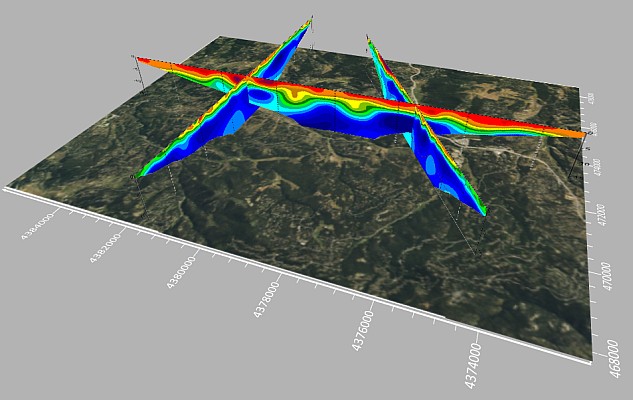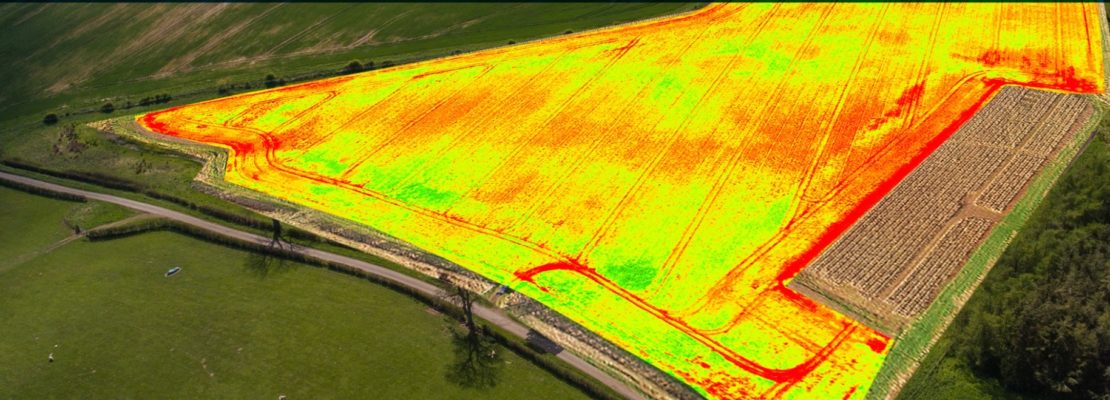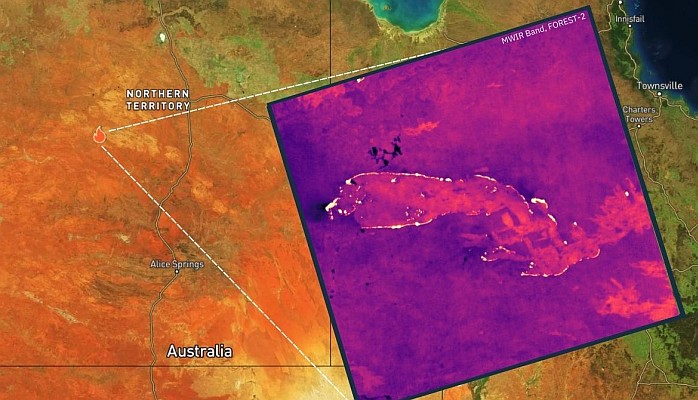Pitney Bowes is a long-standing partner of GfK. The company offers its clients GfK geodata to enrich their data analyses. Andy Bell, Director of Global Data Product Management at Pitney Bowes Software, explains why geodata plays an important role for their clients in industries such as insurance and retail.
Pitney Bowes (PB) has been used to handling big volumes for decades: in the 1920’s, we developed one of the first mass-stamping machines. Today, PB offers solutions for the full cycle of modern business analyses. And we help our clients find solutions for spatial challenges along the way. MapInfo is one of the most-used GIS in the world, and with Spectrum, our enterprise platform, we complement this classical stand-alone software expertise with cutting-edge server-based spatial analytics.
Our offerings can be summed up as technology plus data plus service. And GfK comes in with the data part. For many years now, they’ve been a reliable partner and provider of worldwide geodata – digital maps and data on regional market data – which is used in our solutions. We and our clients appreciate that their boundary data on postcode and administrative levels covers the whole world. In this way, clients can easily expand their analyses and plannings, as the GfK data is consistent in its set-up, and offers complete and seamless information on geographic, administrative as well as market potential indicators. In BI, it is also important that any integrated data do not cause problems – be it questionable results, gaps or breakdown of the system due to bugs.
GfK’s geodata fully meets these requirements: it is highly detailed, yet easy to integrate and handle. That is why we’ve also chosen to integrate their digital maps in our solution “Spectrum spatial for BI”. With this tool, our clients have a spatial analysis enhancement for their BI applications. The visualization of data based on digital maps makes it much easier to recognize hidden relationships between seemingly unstructured or disconnected data items. And the maps and the spatial analytics go far beyond mere visualization: Our tool allows an interactive geographic drill-down into any integrated data. The map experts from GfK support this drill-down feature by providing resolution-sensitive renderings of their vector-based map data. One of our clients, an internationally active retail chain, enriched the geographic information with additional information by GfK on the regional purchasing potential for clothing in Spain, for example. This helped them make better site selections. And our clients from the reinsurance industry use GfK’s worldwide boundary data on the CRESTA risk zones in their systems to accurately aggregate and gauge local risks and loss sums.
Big data is a slightly overused term in my opinion. But we and many of our clients need to be able to handle millions of data transactions per second in our systems. Spatial analytics with a robust and detailed geodata basis such as GfK’s are cornerstones in these analytical processes. And by effectively ordering the large data quantities based on the place denominator, this supports our clients in their decision processes in highly complex market situations and helps them go a long way.
Source: GfK GeoMarketing Magazine






